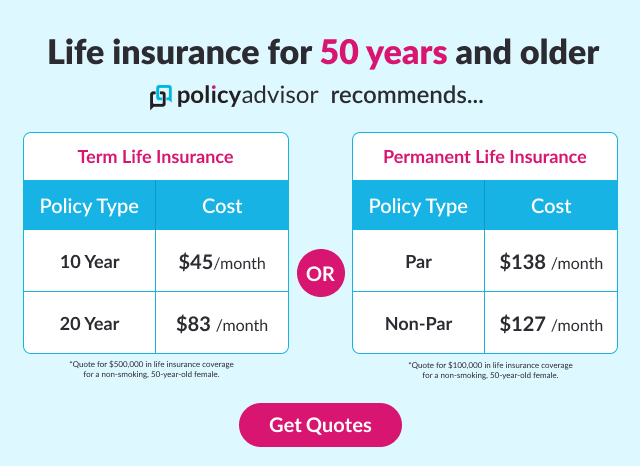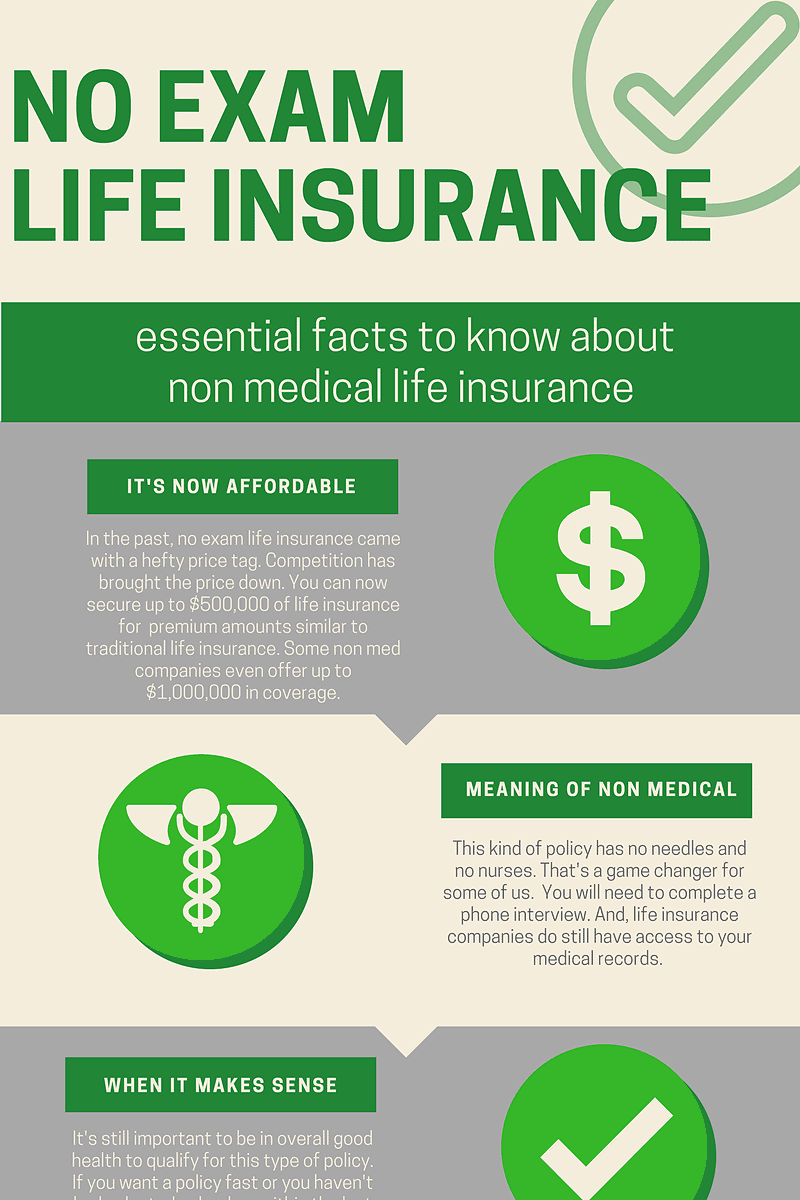What is a Car Accident Pedestrian at Fault?
When a pedestrian is struck by a car, the driver is often presumed to be at fault. However, there are instances when the pedestrian may share some or all of the blame for the accident. This can occur if the pedestrian was jaywalking, crossing the street against a red light, or otherwise failing to yield the right of way to oncoming traffic. Additionally, if the pedestrian was intoxicated or otherwise impaired, this may also contribute to a finding of fault.
In some cases, the pedestrian may be entirely at fault for the accident. This can occur if the pedestrian was trespassing on private property, or if the pedestrian was otherwise engaging in reckless or negligent behavior. For example, if the pedestrian was walking while texting or listening to music, this could be considered contributory negligence.
If you are a pedestrian who has been struck by a car, it is important to speak to an attorney to discuss your legal rights. You may be entitled to compensation for your injuries, lost wages, and other damages. An attorney can help you to determine if the driver of the car was at fault for the accident, and can help you to recover the compensation you deserve.
Determining Fault in a Pedestrian Accident
Tragically, sometimes there are accidents involving cars and pedestrians where the pedestrian is at fault. Accidents like these can be emotionally charged with the parties often having very different recollections of the event. Establishing who is at fault can be a difficult and drawn-out process. However, it is essential to determine fault accurately to ensure that the appropriate party is held liable for the damages.
Factors Determining Fault in a Pedestrian Accident
Establishing fault in a pedestrian accident depends on multiple elements. One is the driver’s conduct. Were they driving while intoxicated, distracted, or speeding? Did they have the right to be in the area and were they following posted regulations? The pedestrian’s behavior is also vital. Were they jaywalking or crossing against the light? Were they under the influence of alcohol or drugs? Other factors to be considered are the weather, lighting conditions, and any physical obstructions that may have obscured visibility.
The Role of Insurance and Legal Representation
After an accident, insurance companies start assessing fault immediately to determine how much they must pay. If the pedestrian is deemed at fault, their insurance company will likely deny the driver’s claim. The driver may have to pursue legal action to recover damages.
If you have been in a pedestrian accident, it is essential to seek legal representation. A lawyer can help you understand your rights and options. They can also help you gather evidence, negotiate with insurance companies, and file a lawsuit if necessary.
Common Defenses in Pedestrian Accident Cases
In pedestrian accident cases, there are a few common defenses that are often raised. One common defense is that the driver did not see the pedestrian due to their clothing or position. Another common defense is that the pedestrian was jaywalking or otherwise violating the law.
Avoiding Pedestrian Accidents
Being aware of your surroundings and following the rules of the road are the most effective ways to avoid pedestrian accidents. Pedestrians should always cross the street at designated crosswalks and obey traffic signals. Drivers should always be cautious when driving in areas with pedestrians.
Car Accident: Pedestrian At Fault
In a bustling city where vehicles and pedestrians coexist, accidents involving both parties are not uncommon. While the initial instinct might be to place blame on the driver, there are instances when the pedestrian bears the responsibility for the mishap. Proving fault in a pedestrian accident, however, can be a complex endeavor.
Proving Fault in a Pedestrian Accident
If you’re a pedestrian who has been injured in an accident, you may need to prove that the driver was at fault. This can be done by gathering evidence, such as witness statements and police reports. However, there are instances when the pedestrian’s own actions contributed to the accident, making them partially or fully liable for the damages.
Factors Determining Pedestrian Fault
Determining pedestrian fault in a car accident hinges on several factors. These include:
-
Pedestrian’s Right of Way: Pedestrians have the right of way at designated crosswalks and intersections. If a driver disregards this right-of-way and strikes a pedestrian, the driver is typically held liable.
-
Pedestrian Negligence: Pedestrians are expected to exercise reasonable care for their own safety. This means being aware of their surroundings, obeying traffic signals, and avoiding distractions like texting while walking. If a pedestrian’s negligence contributed to the accident, their fault may be reduced or even eliminated.
-
Comparative Negligence: In some jurisdictions, the concept of comparative negligence applies to pedestrian accidents. This means that both the driver and the pedestrian can be found partially at fault. The court will assign a percentage of fault to each party, and damages will be awarded accordingly. For instance, if the pedestrian is found to be 20% at fault for their own injuries, they will receive 80% of the damages awarded.
Evidence Gathering
To prove fault in a pedestrian accident, it’s crucial to gather as much evidence as possible. This may include:
-
Witness Statements: Statements from eyewitnesses can provide valuable information about the accident. They can attest to the actions of both the driver and the pedestrian, as well as the circumstances leading up to the collision.
-
Police Reports: Police reports document the scene of the accident, including details such as the location, time, and weather conditions. They also include statements from the driver, the pedestrian, and any witnesses.
-
Medical Records: Medical records provide documentation of the pedestrian’s injuries and the extent of their treatment. This information can help determine the severity of the injuries and the impact they have had on the pedestrian’s life.
-
Photographs: Photographs of the accident scene, the pedestrian’s injuries, and the vehicle involved can provide visual evidence of the incident. They can help illustrate the circumstances of the accident and support the pedestrian’s claims.
Car Accident Pedestrian at Fault
Accidents do happen, and if you’re involved in a pedestrian accident, it can be a traumatic experience. You need to know what to do after a pedestrian accident to protect your rights. Determining who is at fault in a pedestrian accident is a complicated task that involves analyzing the facts and circumstances of the case. In general, drivers owe a duty of care to pedestrians, and they must take reasonable steps to avoid accidents. However, pedestrians also have a responsibility to be aware of their surroundings and to take steps to avoid being hit by a car.
Determining Fault in a Pedestrian Accident
In most cases, the driver of the vehicle will be at fault for a pedestrian accident. However, there are some exceptions to this rule. For example, a pedestrian may be at fault if they were jaywalking or if they were otherwise negligent in their behavior. In some cases, both the driver and the pedestrian may be at fault for an accident. For instance, a driver who was speeding and a pedestrian who was jaywalking could both be considered negligent. Comparative negligence laws vary from state to state, which means that the percentage of fault attributed to each party can affect the amount of compensation that they are entitled to.
Common Causes of Pedestrian Accidents
Pedestrian accidents are often caused by driver error. Some of the most common causes of pedestrian accidents include:
- Speeding: Drivers who are speeding are more likely to be involved in accidents, including pedestrian accidents.
- Distracted driving: Drivers who are distracted by their phones, GPS devices, or other objects are more likely to hit pedestrians.
- Drunk driving: Drivers who are under the influence of alcohol or drugs are more likely to be involved in accidents.
- Failure to yield: Drivers who fail to yield to pedestrians at crosswalks or intersections are more likely to cause accidents.
Avoiding Pedestrian Accidents
There are a number of things that pedestrians can do to avoid being hit by a car. These include:
- Be aware of your surroundings: When you are walking, be aware of the traffic around you. Make eye contact with drivers and make sure that they see you.
- Use crosswalks: Always use crosswalks when crossing the street. Crosswalks give you the right-of-way, and drivers are required to yield to pedestrians in crosswalks.
- Obey traffic signals: Always obey traffic signals. Jaywalking is illegal and dangerous.
- Wear bright clothing: If you are walking at night, wear bright clothing so that drivers can see you.
- Be cautious around intersections: Intersections are dangerous for pedestrians. Be especially careful when crossing at intersections.
Car Accident: Pedestrian at Fault
Pedestrian accidents can be harrowing experiences, with potentially life-altering consequences. Sometimes, pedestrians may bear some responsibility for the accident. Understanding the factors that contribute to pedestrian accidents and taking proactive steps to prevent them is crucial. This article delves into the topic of pedestrian accidents, exploring the causes, and offering practical tips to enhance safety for both pedestrians and drivers.
Preventing Pedestrian Accidents
Precaution is the key to preventing pedestrian accidents. By adopting a few simple measures, pedestrians can significantly reduce their risk of being involved in an accident.
- Be aware of your surroundings: Pay attention to traffic signals, oncoming vehicles, and potential hazards such as construction zones, parked cars, or slippery surfaces.
- Obey traffic laws: Adhere to designated crosswalks, pedestrian signals, and traffic signs. Avoid jaywalking, which increases your chances of being struck by a vehicle.
- Wear bright clothing: Make yourself more visible to drivers, especially at night or in low-light conditions. Light-colored clothing or reflective gear can help drivers spot you from a distance.
- Avoid distractions: Don’t use your phone while walking, as it can impair your attention and reaction time.
- Be extra cautious in high-traffic areas: Intersections, school zones, and busy roads require heightened vigilance. Allow ample time to cross the street and be prepared for unexpected maneuvers by vehicles.
Responsibilities of Pedestrians
While drivers have a primary responsibility to avoid accidents, pedestrians also have certain obligations to ensure their safety. Failing to uphold these responsibilities can sometimes result in pedestrians being held partially or fully at fault for an accident.
- Obey traffic laws and signals: Pedestrians are expected to adhere to the same traffic laws as vehicles, such as using crosswalks and obeying pedestrian signals.
- Cross streets safely: Avoid darting into traffic or crossing the road without checking for oncoming vehicles.
- Be aware of your surroundings: Pay attention to the movement of vehicles and potential hazards, and avoid walking in areas where visibility is limited.
- Refrain from distracting behavior: Texting, talking on the phone, or wearing headphones while walking can impair your senses and increase your risk of an accident.
- Avoid jaywalking: Crossing the road outside designated crosswalks is illegal and significantly increases the likelihood of being struck by a vehicle.
Consequences of Pedestrian Accidents
Pedestrian accidents can have devastating consequences for both the pedestrian and the driver. Injuries sustained in pedestrian accidents can range from minor bruises to severe head trauma or even death. The impact on the victim’s life can be profound, physically, emotionally, and financially.
Legal Implications for Pedestrians at Fault
In some cases, pedestrians may be found to be partially or fully at fault for an accident. This determination is made based on the specific circumstances of the accident and the applicable laws in the jurisdiction where it occurred. If a pedestrian is found to be at fault, they may be held liable for damages sustained by the driver or other parties involved in the accident.
Conclusion
Understanding the complexities of pedestrian accidents, including the responsibilities of pedestrians, is essential for both pedestrians and drivers. By taking proactive steps to prevent accidents and adhering to traffic laws, we can create safer communities for everyone. Remember, sharing the road with mutual respect, awareness, and caution is the key to reducing the incidence of these preventable tragedies.




Leave a Reply